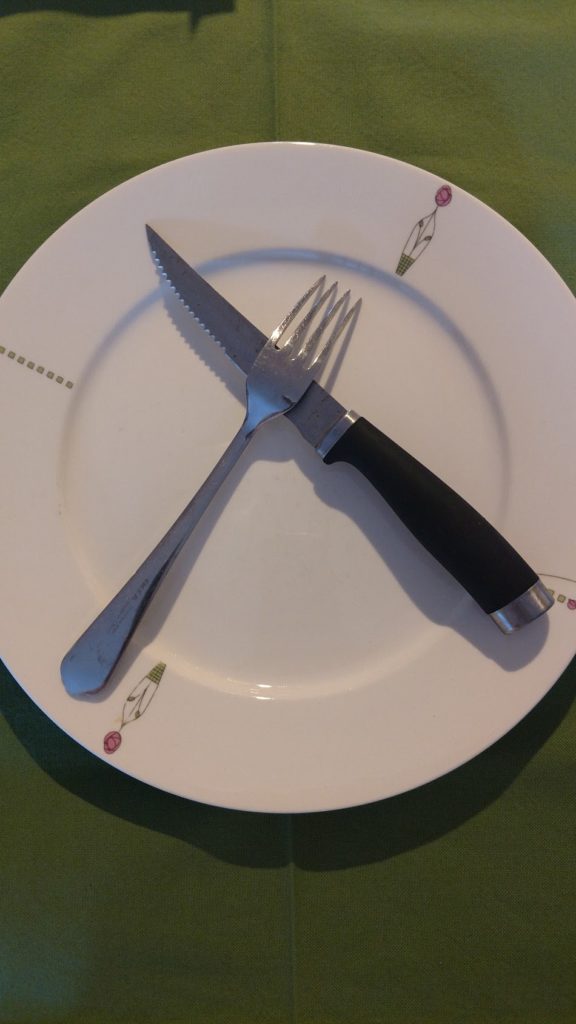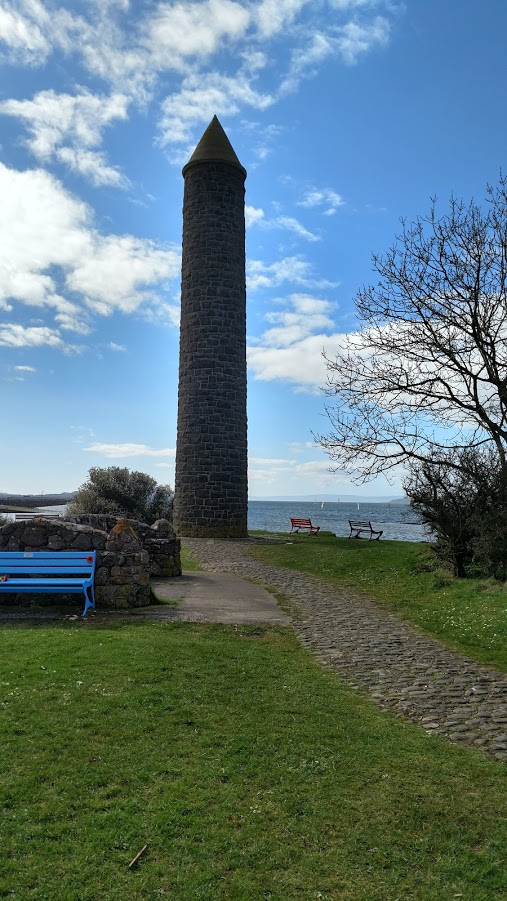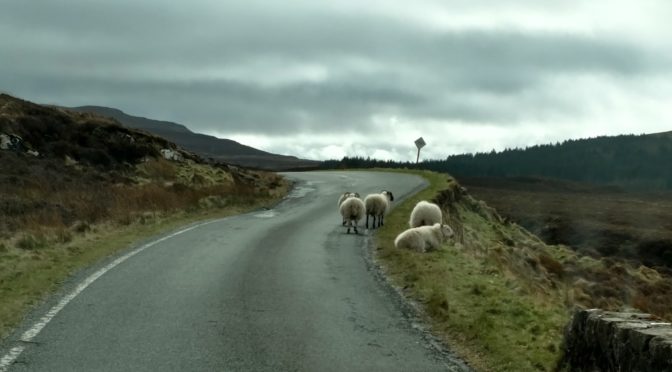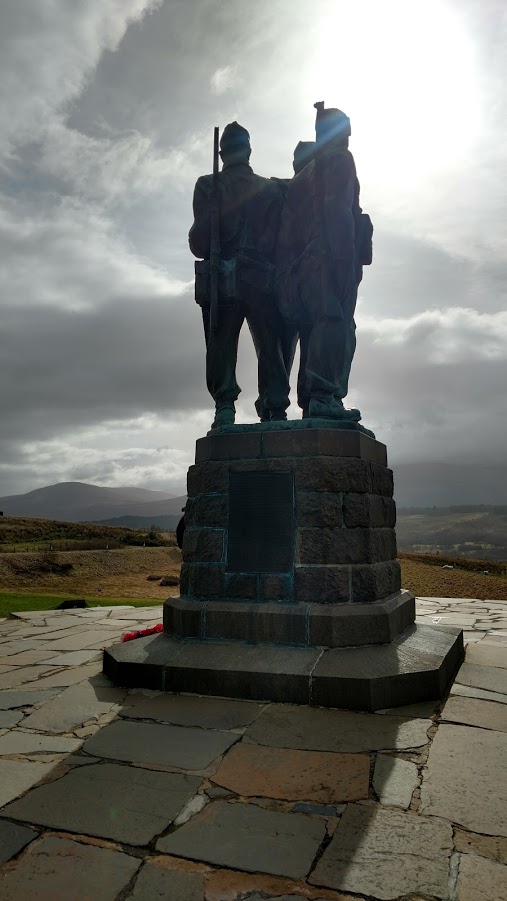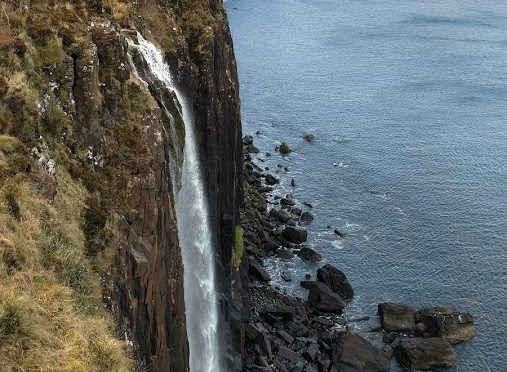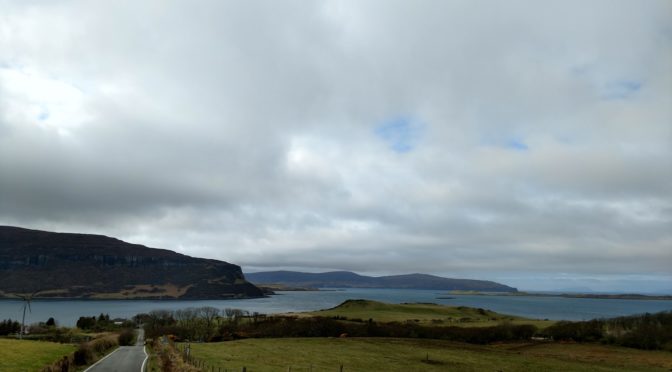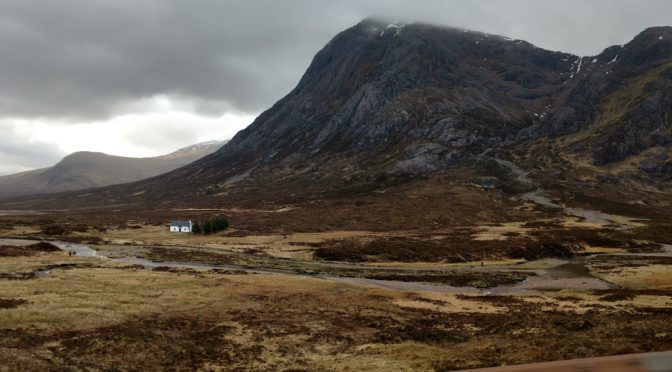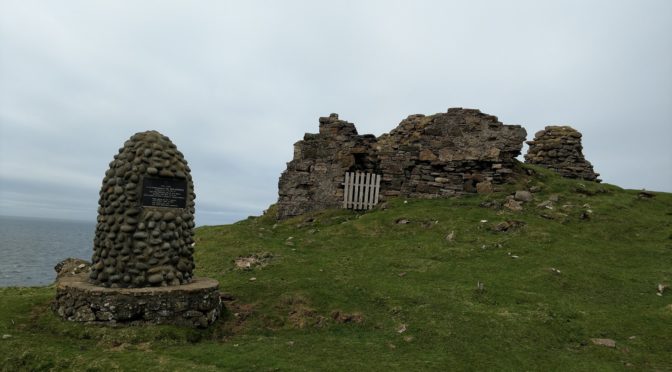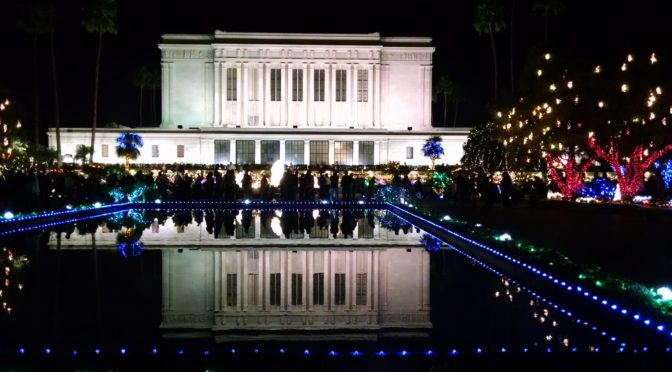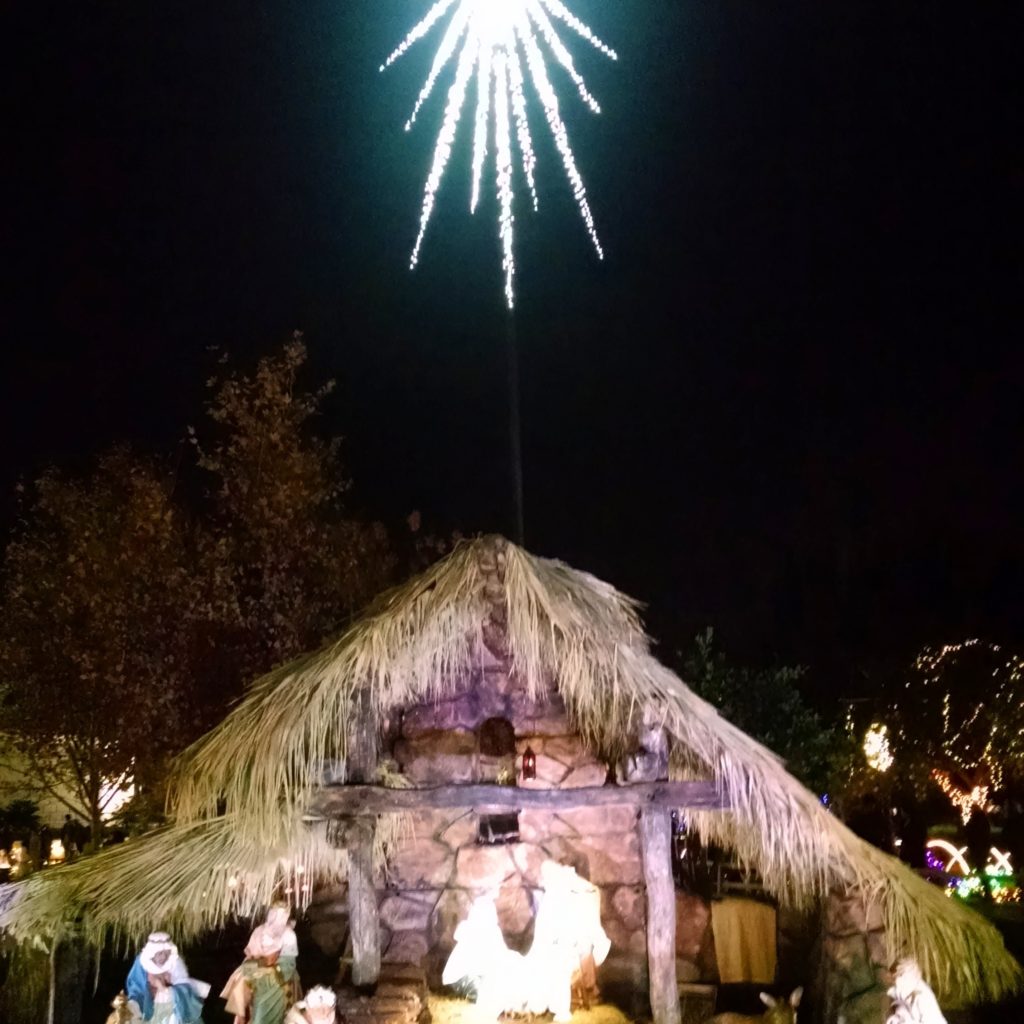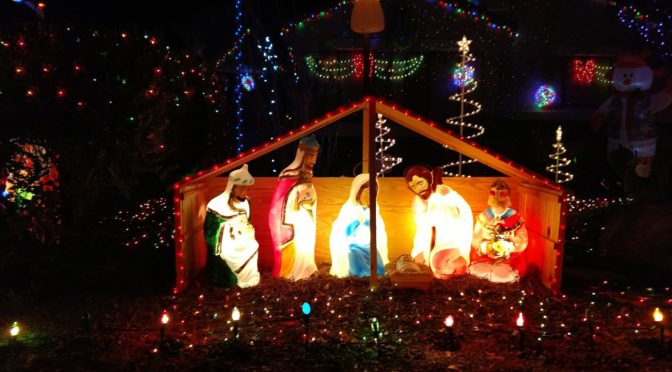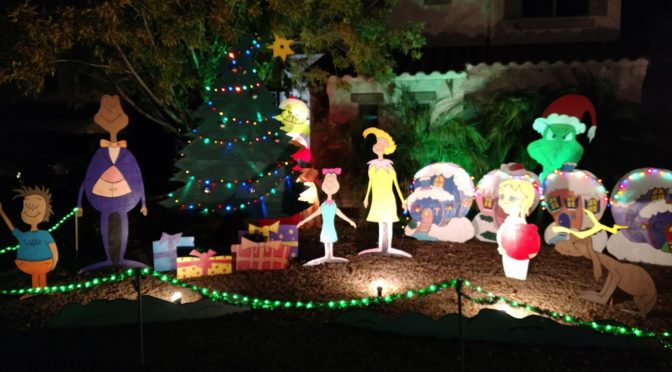About 120 degrees – and no air con
Warnings have been issued in Phoenix for more than a week now. The city is in the middle of its annual heat wave, but the temperatures this week are expected to break all records. The high on Tuesday is forecast to be at least 120F – possibly as much as 122. That’s 50 degrees Celsius.
I’ve never had to endure temperatures like that – even in the two very hot summers I’ve lived here. Last year, on Father’s Day, the mercury reached 118F. That will pale into insignificance compared with the next few days. An excessive heat warning is in place and people are being urged to stay indoors.
Four days ago, just as the Lundy household was preparing to deal with this, the unthinkable happened. With perfect timing, the air conditioning unit that keeps the house cool in the summer conked out.
We had noticed for a couple of days that something was not right. Then it stopped altogether. The a/c unit is covered by homeowner’s insurance so we called our landlord to get it fixed. He arranged for an engineer, who in turn diagnosed a leak of Freon, the refrigerant that acts as a cooling agent in the aircon system.

The work will take until the middle of this week but, in the meantime, the house is too hot to live in. The landlord, as he is legally obliged to, offered to provide us with alternative accommodation in a nearby hotel for the duration. However, we opted to stay with one of several relatives who have plenty of spare room, and who live nearby.
We are lucky in the sense that this will not cause us major hardship. But the extreme seriousness of this situation cannot be over-estimated. Living in this part of the American south-west is only possible with air-conditioning – in homes, cars, shops, and work places. If it breaks down in a shop or office, that business must close until the problem is rectified.
A broken a/c unit is classed as a major emergency at this time of year. In some cases, it can, quite honestly, be a matter of life and death.
I’ve gone back to my house to write this blog. I have ceiling fans on in four rooms, and two floor fans blasting cool air at me. Nevertheless, the inside temperature is just over 95F. For certain people – the frail and elderly, young children, and people with medical conditions – that is potentially fatal.
On the hottest days of a Scottish summer, you could open the windows and let some fresh air inside. Here there is no fresh air. If I opened the window, I would only feel the ‘wall of heat’ from outside – like a baker’s oven.
In common with all big cities, Phoenix has a large population of homeless. Emergency shelters have been set up in the past couple of weeks to give these people somewhere to go out of the glare of the relentless sun. It won’t work in all cases; many unfortunates will die on the streets of Phoenix over the next couple of weeks as the heat becomes unbearable. Approximately 120 people die in Arizona every year purely because of the heat
Meteorologists have described this week’s weather as ‘dangerous’ and ’deadly’. Tuesday is the first day of summer, and the longest day of the year, meaning the sun will be at its highest point in the sky. I can’t say I’m looking forward to it.
I suppose this has been something of a salutary lesson. Not that we had any control over things. Over here, we take air conditioning for granted. Why did it have to happen at the height of summer?
There is a jokey saying out here which has a ring of truth to it, and attributed to a ‘sad Arizonan’. “I wish it would rain. Not for me because I’ve seen it – but for my seven-year-old.”

